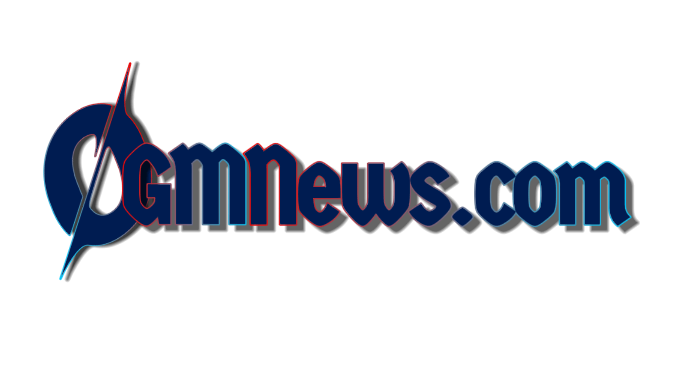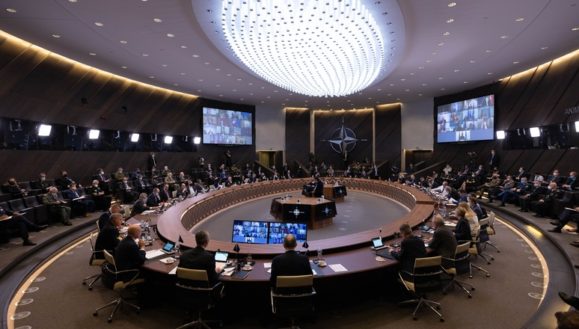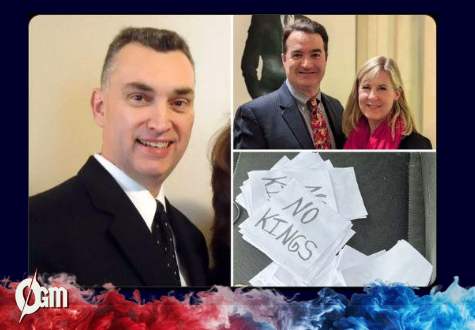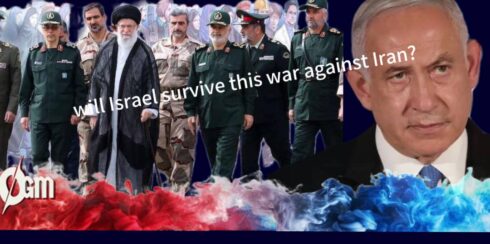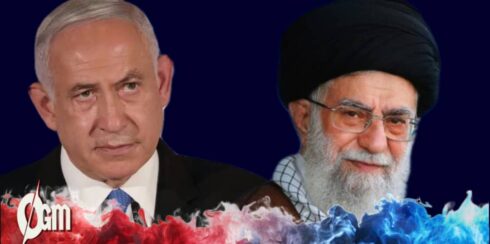NATO members have finalized plans to continue providing Ukraine with substantial military aid amounting to €40 billion annually, ensuring sustained support amid the country’s ongoing conflict with Russia. This decision, reached ahead of NATO’s upcoming summit in Washington, underscores a concerted effort to bolster Ukraine’s defenses against ammunition and air defense shortages resulting from Russian aggression.
Initially proposed by NATO Secretary-General Jens Stoltenberg as a multi-annual €100 billion commitment, the plan was refined during deliberations due to concerns over burden-sharing among member states and the feasibility of long-term pledges. The agreed-upon annual commitment of €40 billion will be distributed based on each member state’s gross national income (GNI), ensuring proportional contributions from all allies.
Despite the substantial financial pledge, there are apprehensions regarding its non-binding nature beyond the current fiscal year. This approach, while providing immediate support, falls short of Stoltenberg’s original intent to secure sustained, multi-year backing for Ukraine. Concerns have arisen, particularly within European capitals, over the potential impact of future political changes, such as the outcome of upcoming elections in Slovakia and the U.S. presidential elections in November, on the continuity of aid.
Political and Strategic Implications of NATO members‘s Commitment
The decision to allocate €40 billion annually for Ukraine’s defense efforts is largely viewed as a political gesture aimed at maintaining strategic stability in the region, particularly amidst fluctuating political landscapes across member states. NATO members emphasize the significance of this commitment in countering Russian efforts to undermine Ukraine’s sovereignty and territorial integrity.
While the funding lacks the certainty of a multi-year commitment, NATO members anticipate that political pressure and strategic imperatives will compel reluctant governments to uphold their financial obligations over successive years. This approach mirrors NATO’s previous commitments, such as the Wales summit pledge to strive towards spending 2% of GDP on defense, underscoring the alliance’s resolve to fortify Ukraine against external threats.
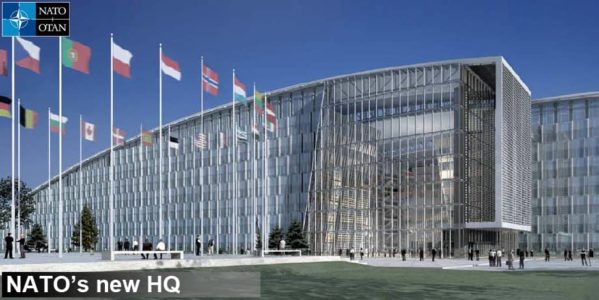
Future Prospects and Challenges
Looking ahead, the efficacy of NATO’s financial pledge hinges on sustained political will and cohesive alliance efforts to navigate geopolitical uncertainties. The absence of a long-term funding strategy poses challenges in ensuring consistent support for Ukraine’s defense capabilities beyond the current fiscal year. Nevertheless, NATO’s strategic adjustments, including enhanced coordination of Western aid and diplomatic initiatives, are poised to bolster Ukraine’s resilience and pave the way for deeper integration into Euro-Atlantic security frameworks.
NATO’s commitment of €40 billion annually signifies a pivotal step in reinforcing Ukraine’s defense capabilities amidst ongoing geopolitical challenges. While the pledge falls short of initial expectations for multi-year funding, it reflects NATO’s adaptive approach to safeguarding regional stability and countering external threats, thereby underscoring the alliance’s enduring commitment to collective security in Europe and beyond.
NATO Membership and Future Prospects for Ukraine
As the Washington summit approaches, NATO allies remain divided over the issue of Ukraine’s future membership in the alliance. NATO’s current stance is that Ukraine will eventually join, but not while it remains at war. This position was reiterated at last year’s Vilnius summit, where leaders declared, “Ukraine’s future is in NATO.” However, some member states are pushing for stronger language, suggesting that the summit should declare Ukraine’s path to membership as “irreversible.”
The debate highlights the ongoing tension within NATO regarding the extent of its commitment to Ukraine’s long-term security. Strengthening the language on Ukraine’s future membership could serve as a powerful message of support, reinforcing NATO’s commitment to Ukraine amidst its ongoing conflict with Russia. However, diplomats acknowledge the challenges in reaching a consensus, given the differing perspectives among member states. As the summit unfolds, the world will be watching closely to see how NATO navigates these complex issues and solidifies its support for Ukraine
